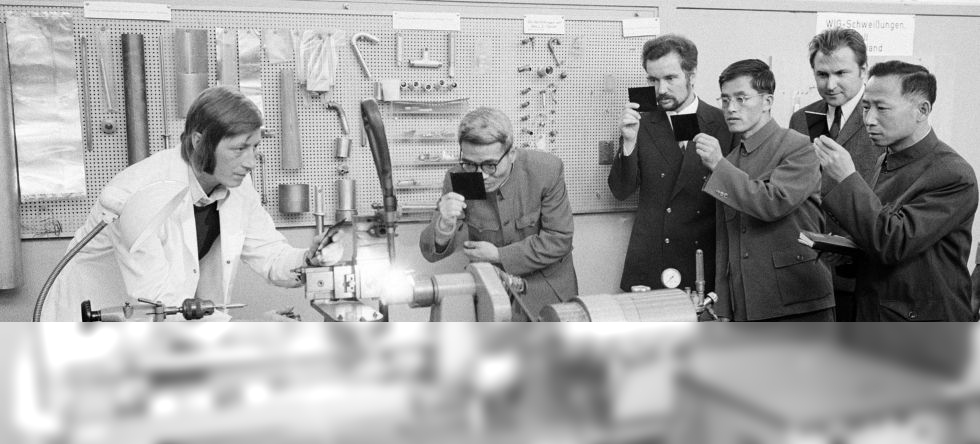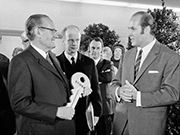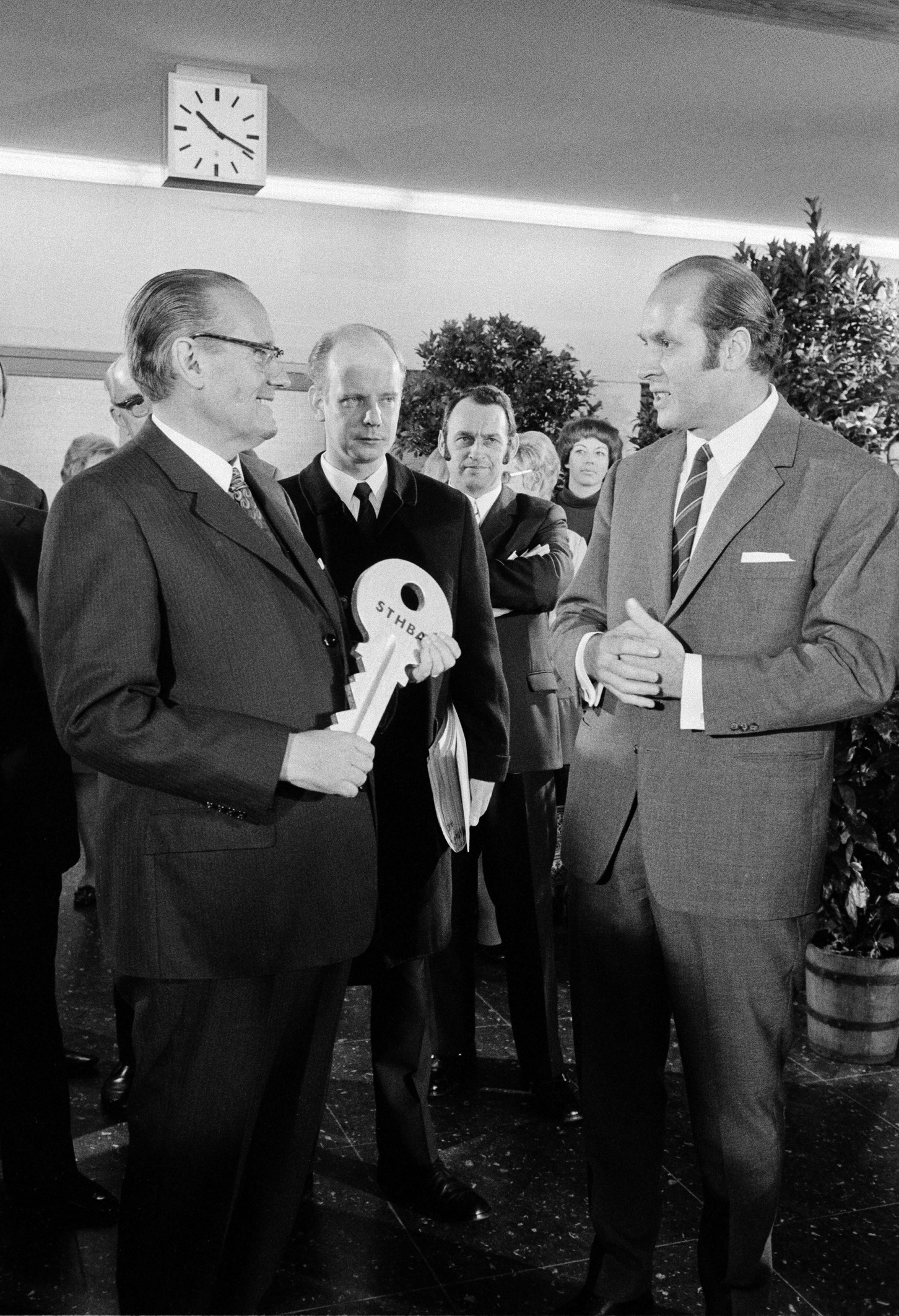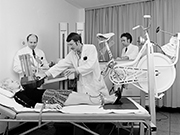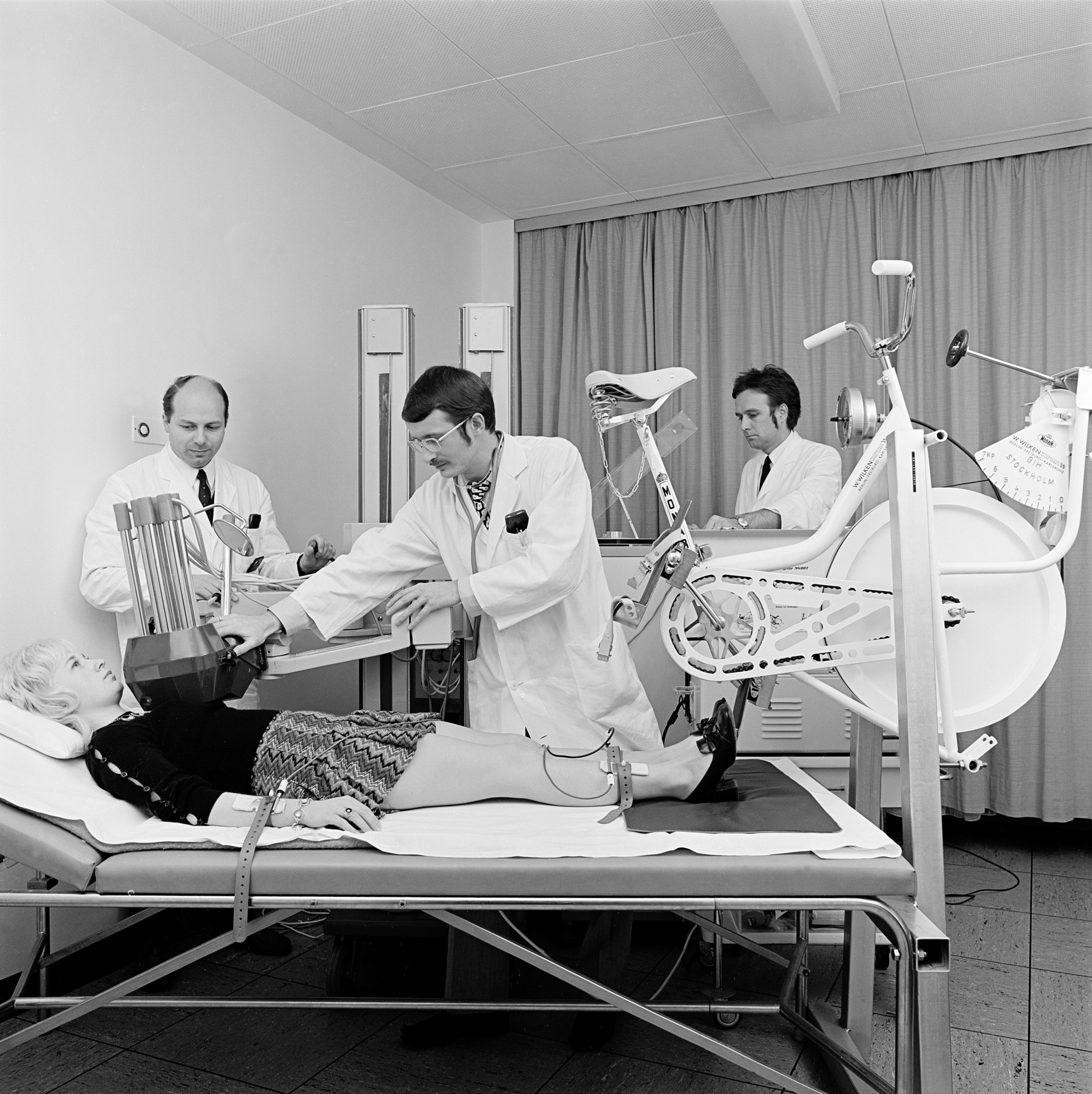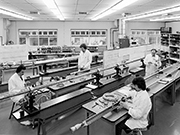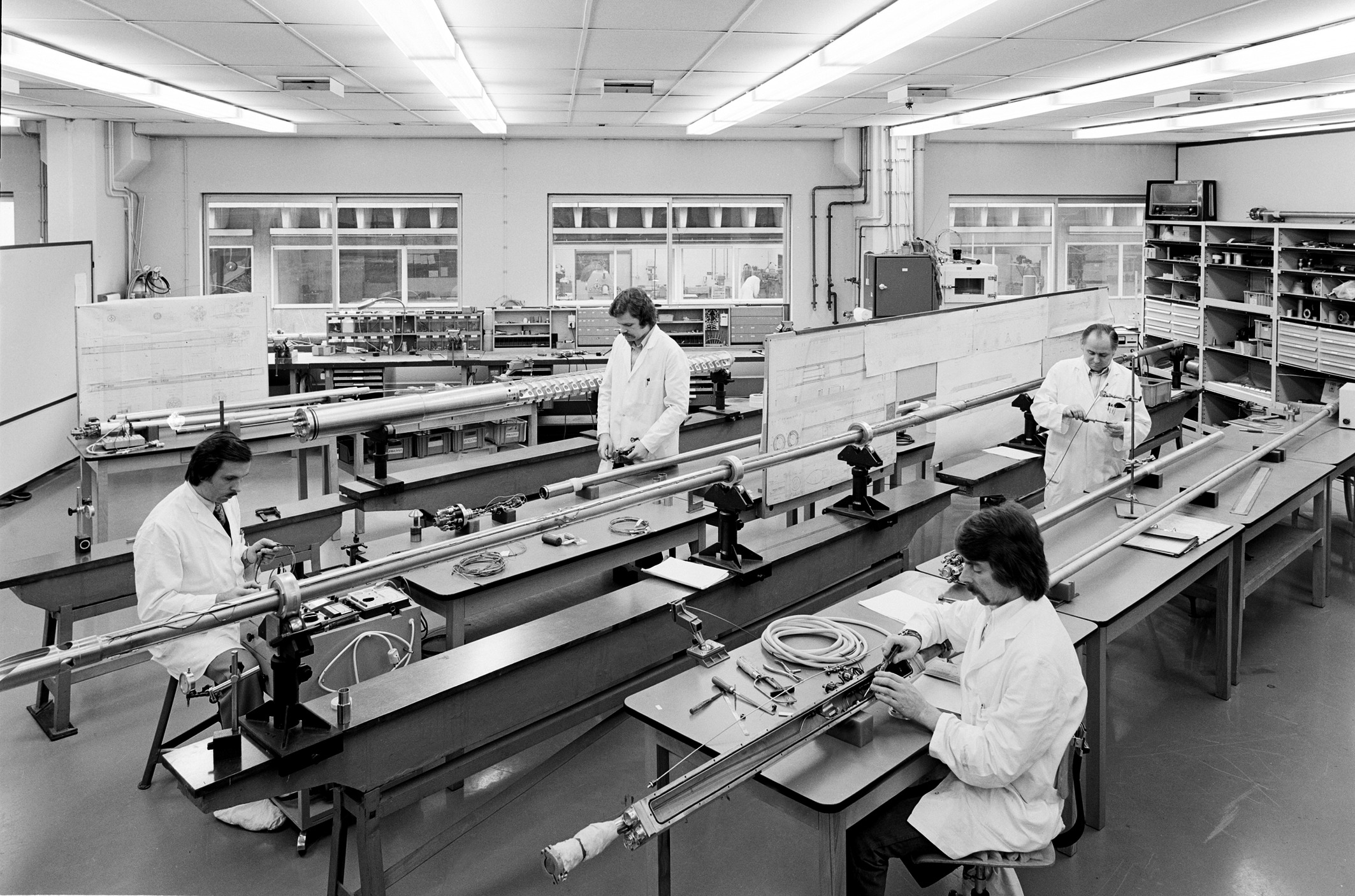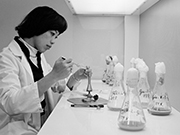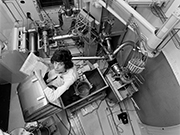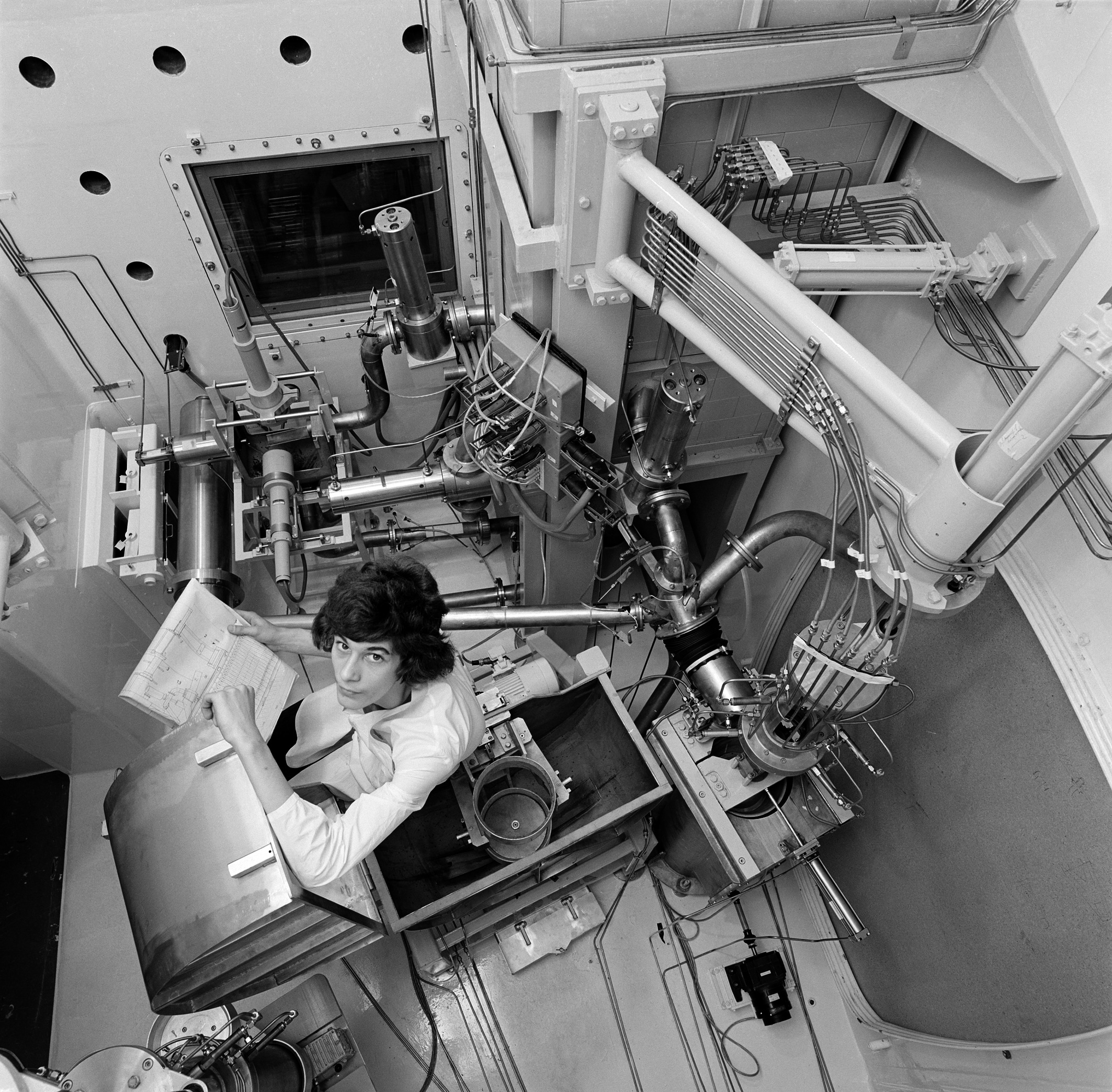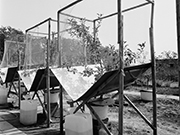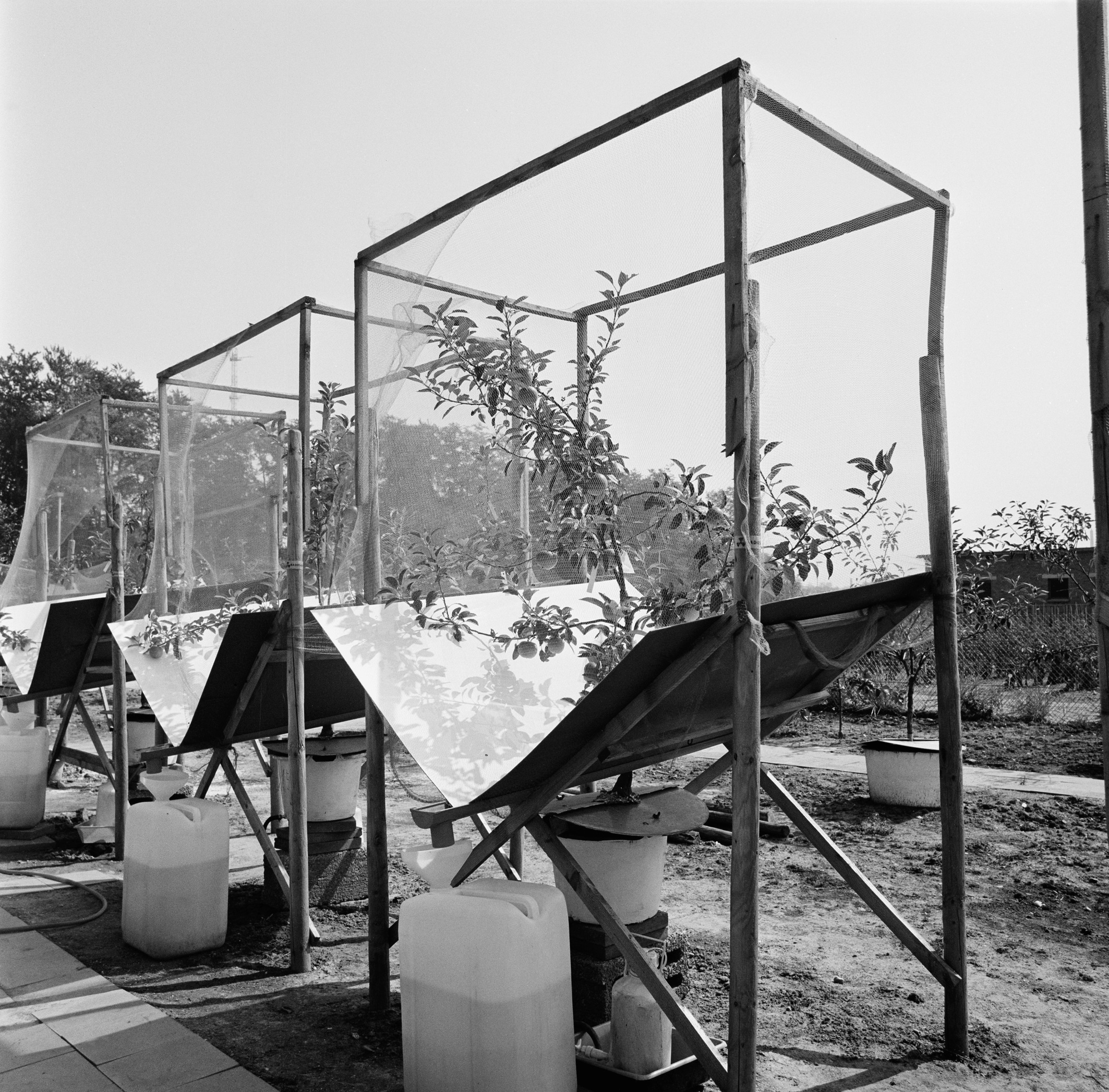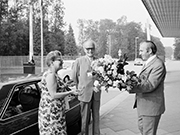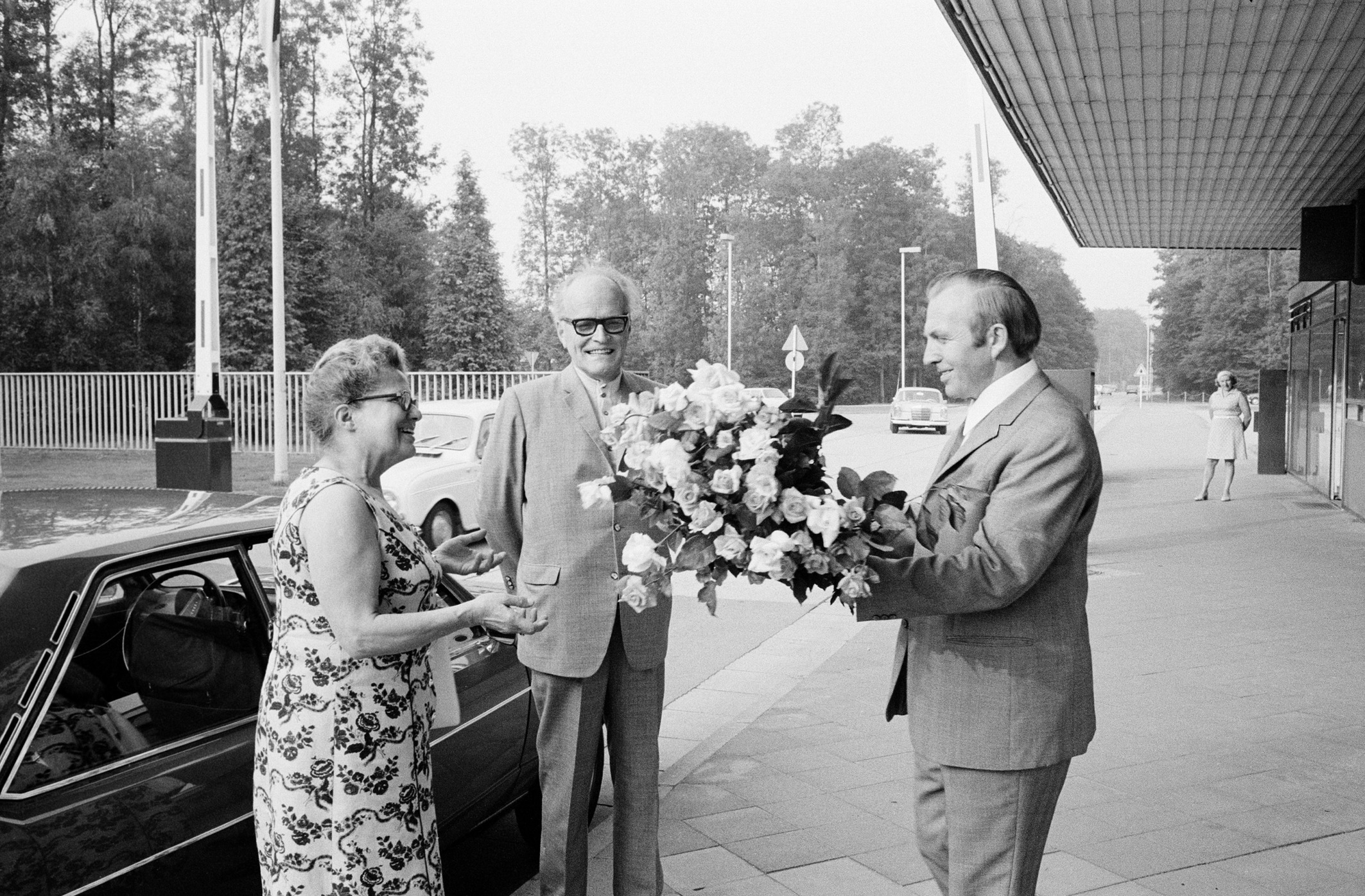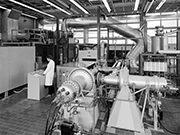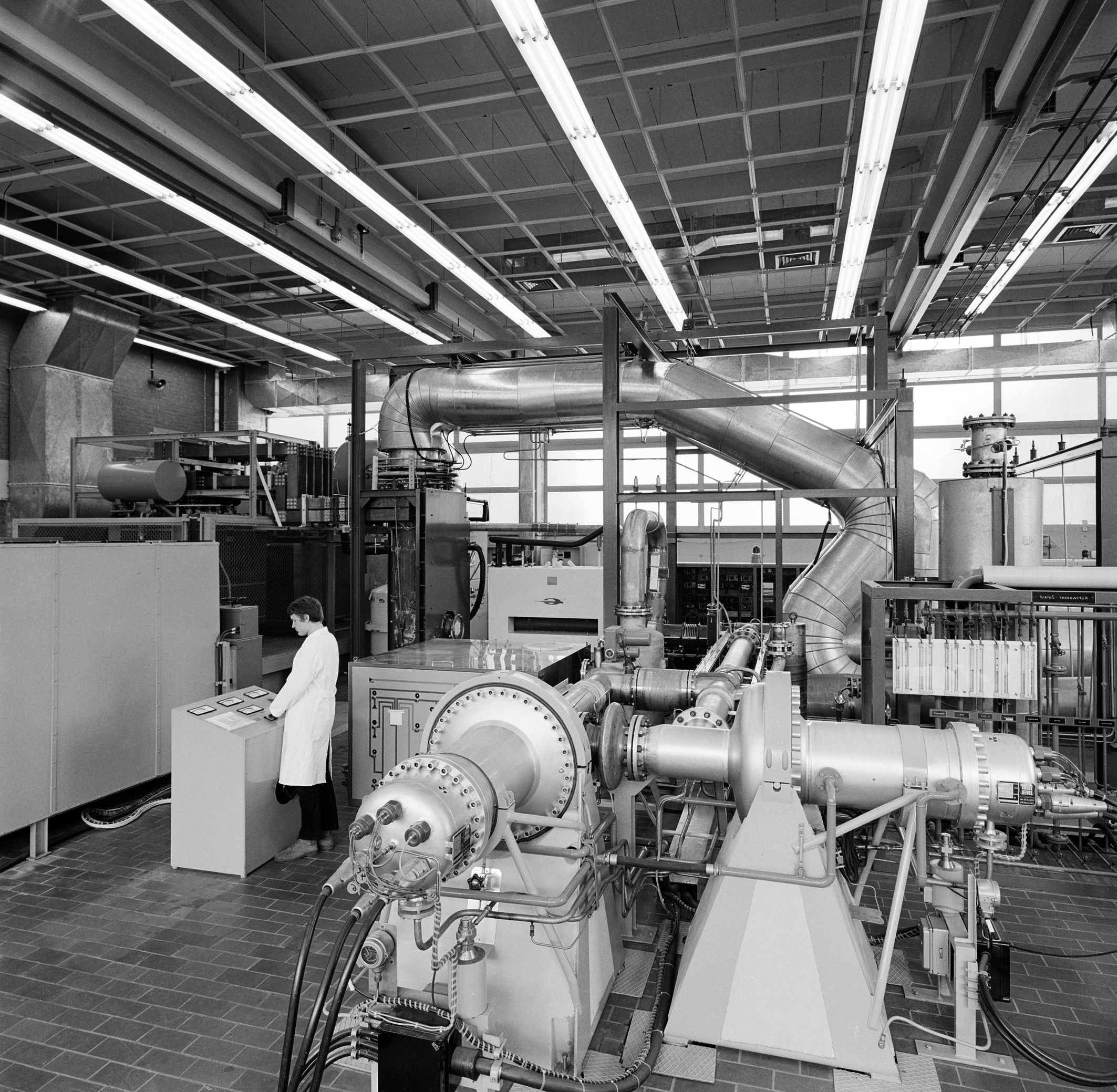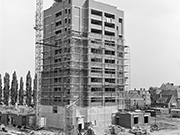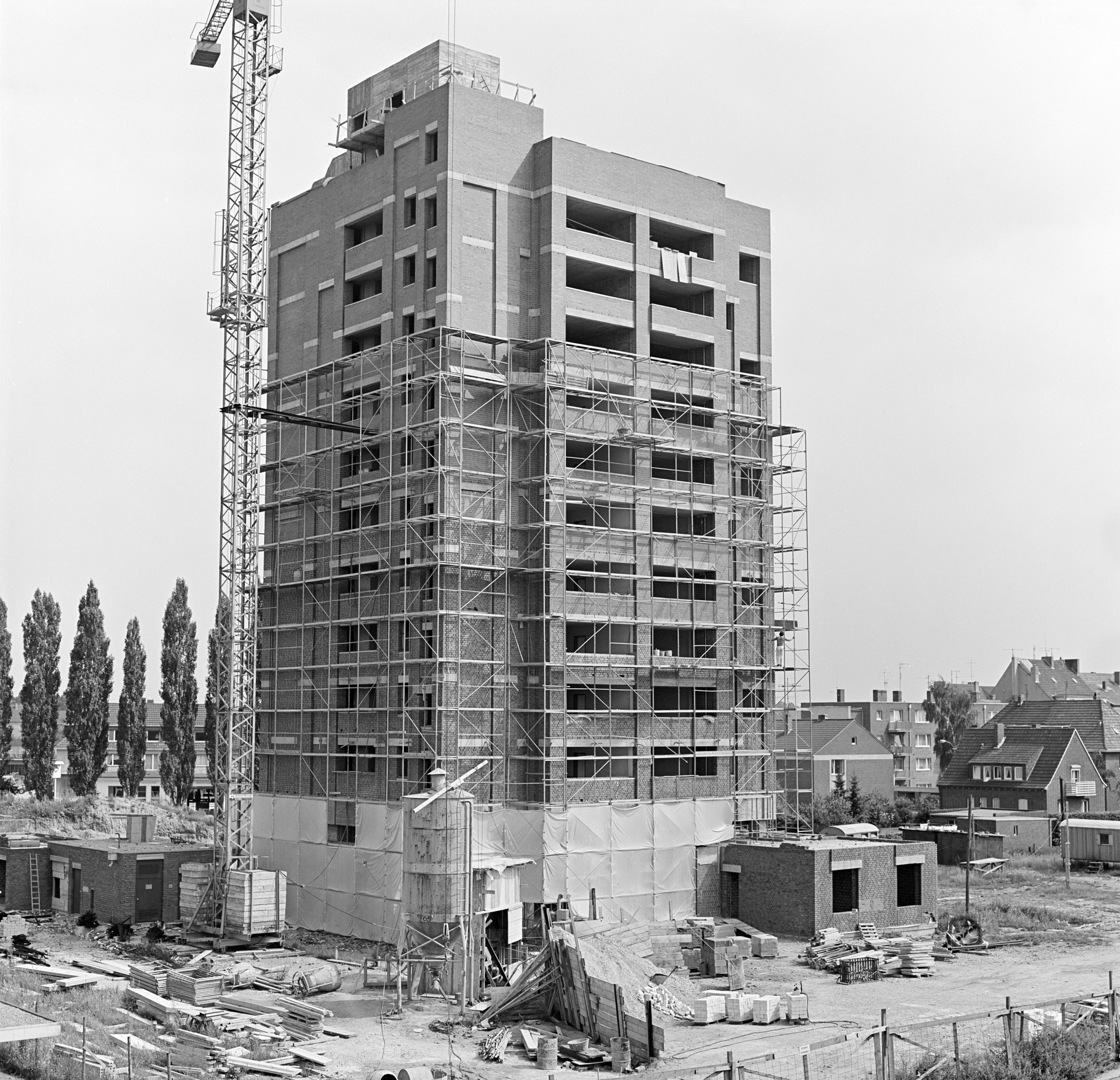The institutes grouped around nuclear research used their expertise and infrastructure in a cross-disciplinary approach and established new focal points. Solid state research emerged as a particular success story. An understanding of solids allowed the properties of materials to be changed, by exposing them to radiation for example. This permitted materials to be modified in a controlled manner or new ones to be created.
In the 1970s, structures at Jülich became more open and more democratic. The Scientific Council (WR) created in 1958, which later became the Scientific and Technical Council (WTR), for instance institutionalized participation in institutes and projects.
In 1978, 27 cubic metres of water entered the AVR experimental reactor as the result of a leak in the steam generator. AVR GmbH reported the incident straight away to the supervisory authorities at the regional and national level. After investigating the incident, it took the reactor out of service for 15 months to carry out repairs.
In response to a growing awareness of environmental protection and the risks of nuclear energy, new programme groups were set up to study the interactions between humans, the environment, technology, and society.
Social change
"The limits to growth" – a Club of Rome study published in 1972 – raised awareness of the consequences of technical and industrial progress. Damage to the environment, shortages of resources, and social conflicts called for a realignment of scientific and technical research. Reactor safety – a concern for nuclear research from the very beginning – rose to prominence as nuclear power came increasingly under fire. In Wyhl, a small town in the southern German state of Baden-Württemberg, local residents protested against a proposed nuclear power station in 1975. Close on 30,000 opponents of nuclear power occupied the site for nine months and stopped the plant being built. The anti-nuclear campaign attracted large numbers of supporters in the following years and, alongside environmental and peace organizations, became one of the most influential social movements in the country.
Public spending became tighter, and the desire for central planning and control grew. Research institutions came under stronger performance monitoring. With a view to targeting energy research, from 1974 onwards the Federal Ministry for Research and Technology set up project management agencies to oversee funding programmes and based them in major research centres such as Jülich.
Dates
| 1970 | The Institute of Solid State Research (IFF) is founded |
| 1971 | Plasma with a temperature of 100 million degrees is generated for the first time at Jülich: it is a prerequisite for achieving nuclear fusion |
| 1973 | The Central Technology Division is founded |
| 1974 | The Jülich project management agency (PtJ) implements the German Federal Government’s first energy research programme |
| 1975 | The Institute of Medicine obtains its own ward for patients |
| 1977 | The Institute of Biotechnology (IBT) is formed from the Institutes of Botany and Microbiology |
| 1978 | The world's lowest ever temperature of 50 microkelvin is recorded at the IFF's cryo-facility, allowing previously unknown physical effects of materials to be investigated, e.g. superconductivity |
| 1978 | The "nuclear power and the environment" programme group is set up |


